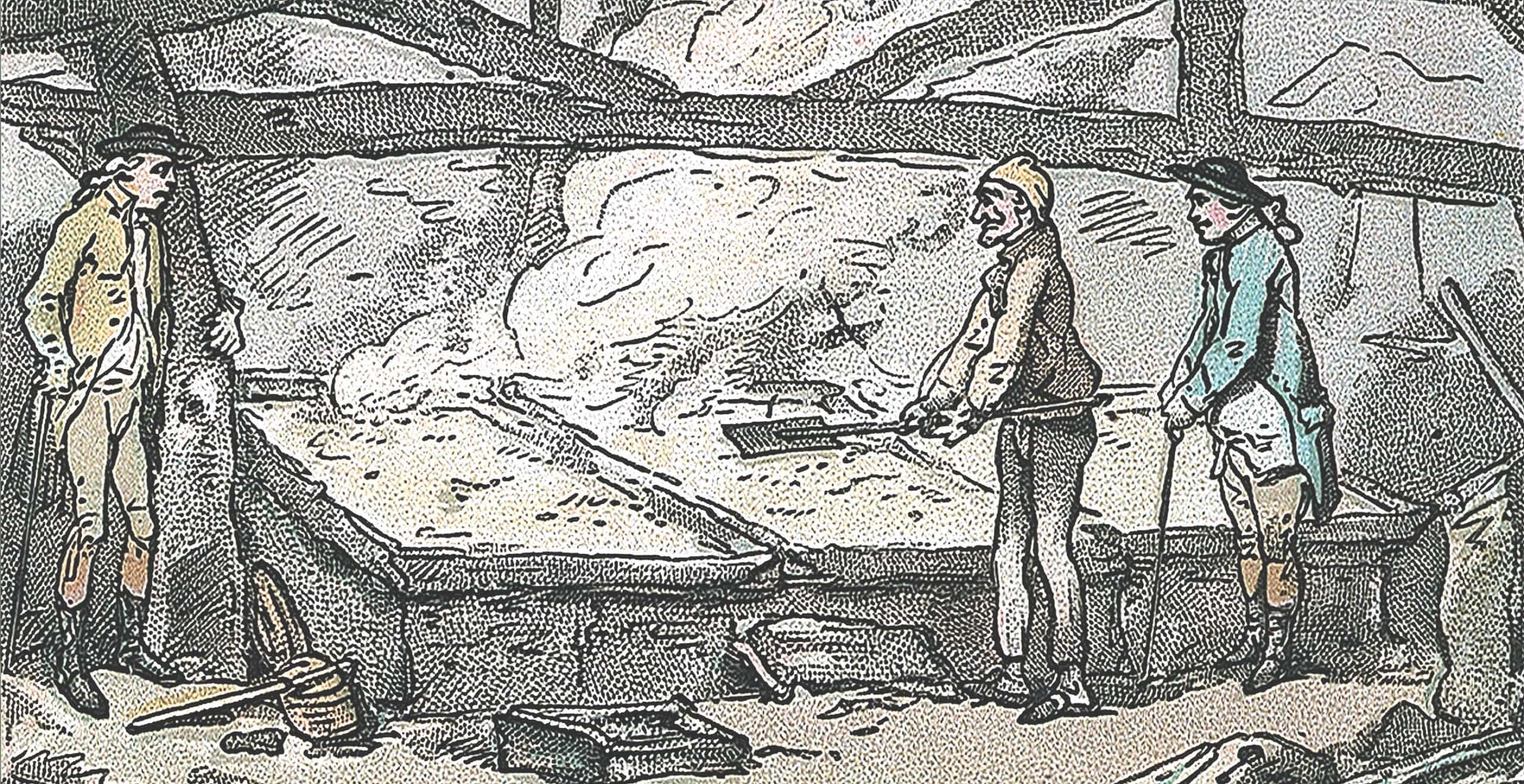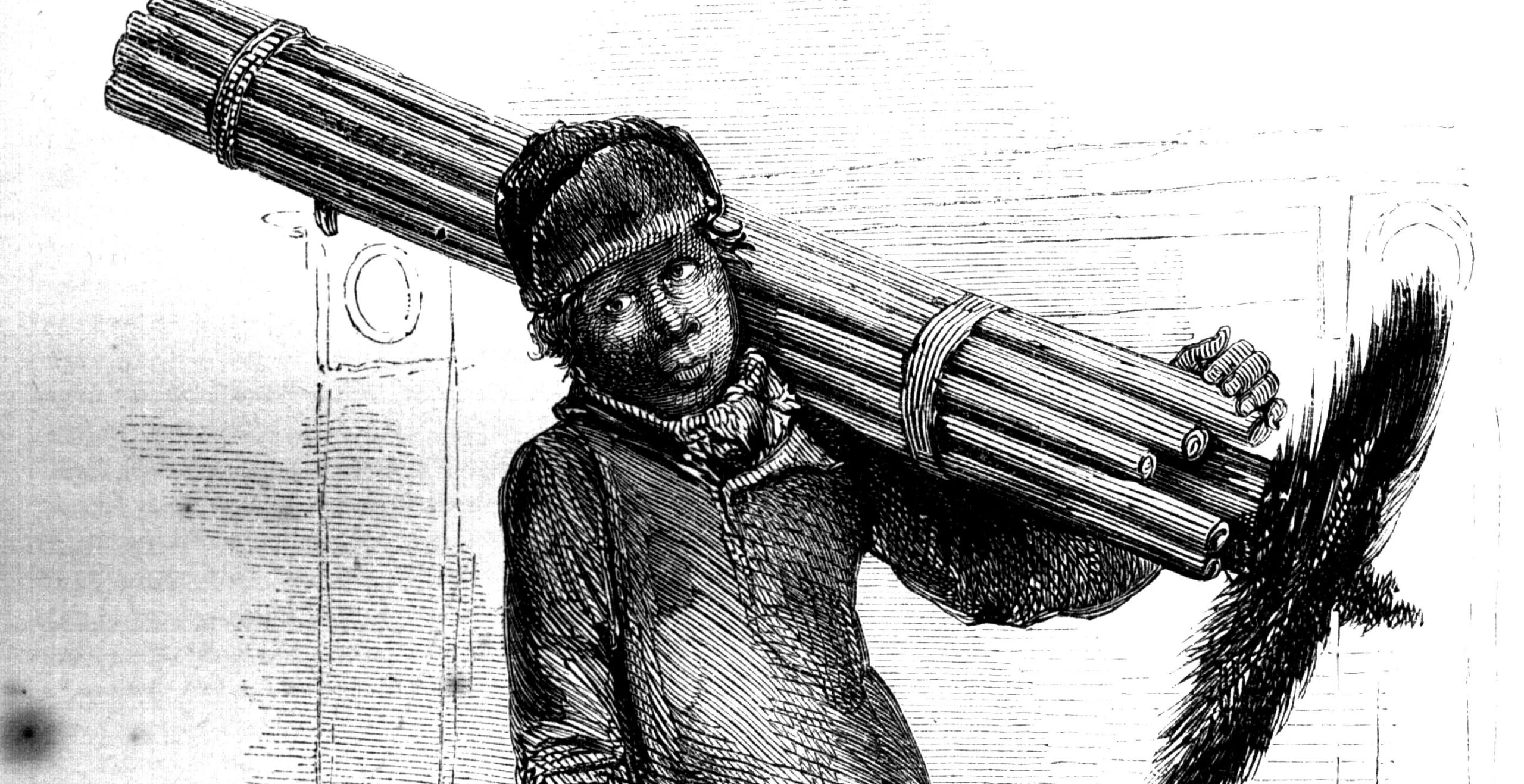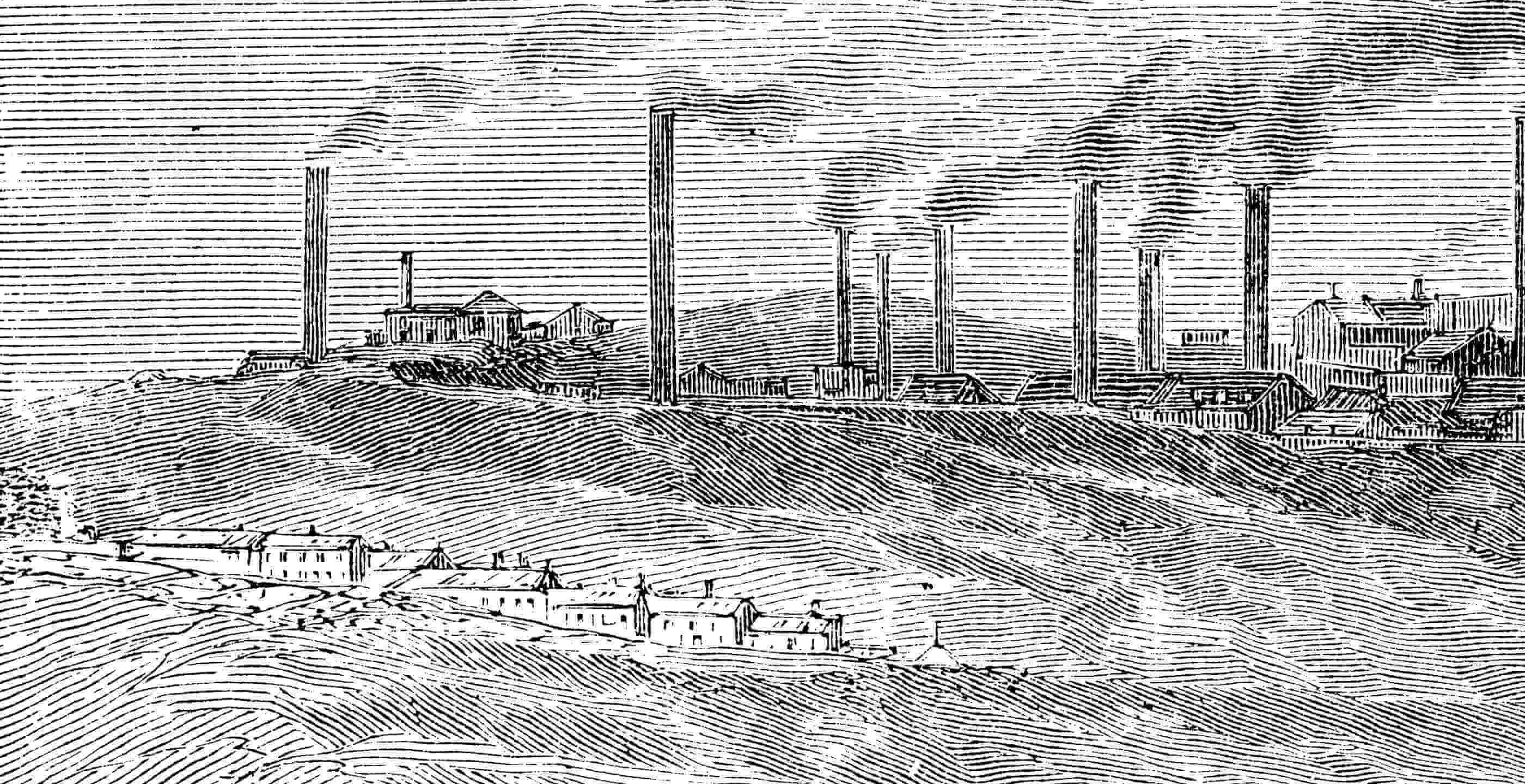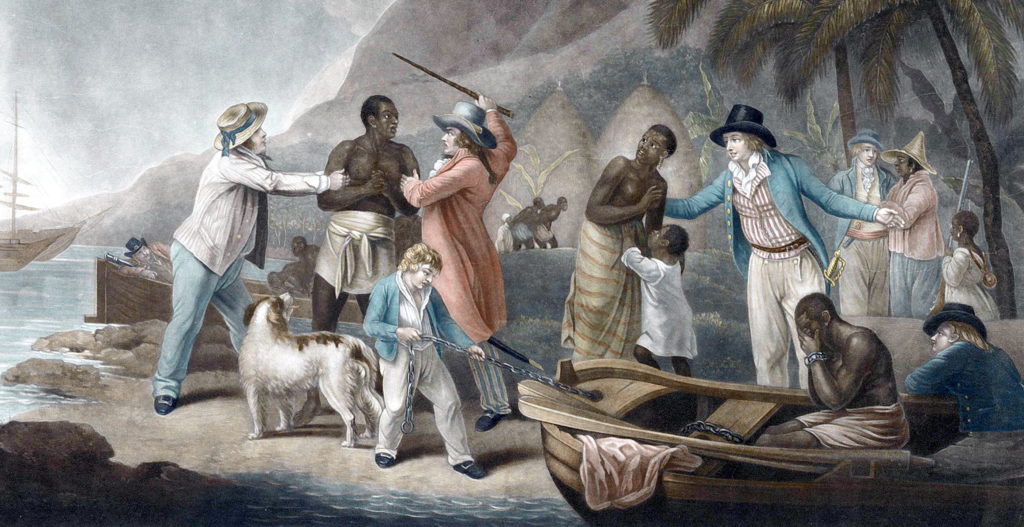In many ways, coal is synonymous with Scotland. Even the capital city of Edinburgh was nicknamed ‘Auld Reekie’, a Scots term meaning ‘Old Smoky’, for centuries, thanks to the abundance of coal burned in and around the city. In fact, the city is still affectionately known to the locals by the same name to this day. Remnants of this practice can be seen in the soot-stained buildings that still stand, of which, the Scott Monument, is just one classic example. However, far from heating homes, the beginnings of such widespread use of coal, actually started on Scottish coasts, with salt panning. This is perhaps unsurprising, as something else that is synonymous with Scotland (apart from tartan, bagpipes, and whisky of course!) is the sea.
The creation of salt in Scotland was an enormous industry. Scotland boasts over six thousand miles of coastline, and an abundance of coal, which makes salt panning an ideal choice in these areas. It began sometime in the twelfth century, and some historians attribute the first salt panning to groups of monks that lived on Scotland’s coasts.
To make the salt, you gather seawater in huge wide and shallow metal pans, which are heated very gently from underneath by burning coal, until salt crystals form on the surface of the water. And something that Scotland has a never-ending supply of, is seawater. At the height of salt production some of the salt pans measured twenty feet long and twelve feet wide! You can imagine the smoke produced by burning coal to support these huge areas of enormous salt pans.
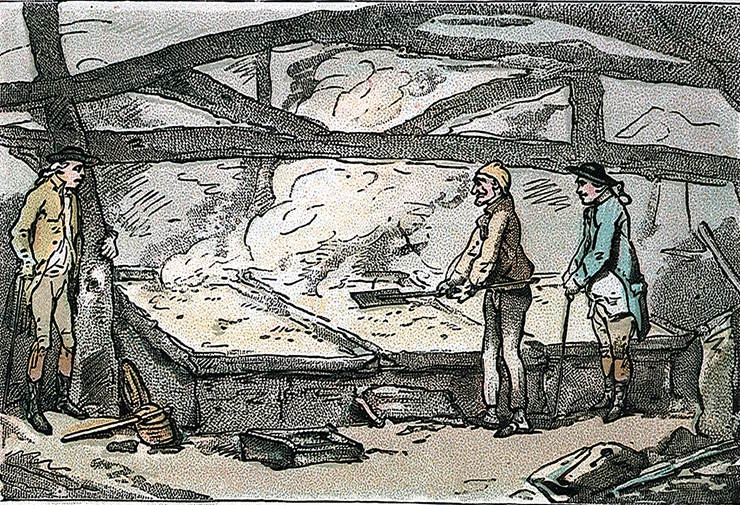
The first place to gain a royal warrant to produce salt was Prestonpans, in East Lothian, during the twelfth century, and this warrant lasted until 1949! East Lothian, Fife, and the area around the Firth-of-Forth became inseparable from salt panning. There was also an ample supply of coal in the area, so the conditions were perfect. This led to the ‘salt-wives’ of Joppa becoming just as recognisable as the famous Newhaven ‘fishwives.’ These ‘salt wives’ would take their creels of salt into the city of Edinburgh to sell and were therefore extremely popular with the locals.
Joppa was described by William Chambers in 1815 as, ‘a smoky, malodorous place, consisting of a group of sooty buildings situated on the seashore half way between Portobello and Musselburgh.’ This was largely due to the level of salt-panning in the area. However, it wasn’t only the Firth-of-Forth that boasted this thriving industry.
Brora, as an example, has an amazing history of salt panning, to the degree that it became an industrial capital in northern Scotland, some two hundred years before the industrial revolution had even begun. Brora produced salt that was in huge demand both within Scotland itself, but also as far away as London and Denmark. It produced such huge quantities, and the industry was so lucrative, that the salt became known as ‘white gold’.

There is an exciting twist in this story however, as the salt pans in Brora were first established in 1598 by Lady Jean Gordon, who was the Countess of Sutherland. She was also the first wife of the Earl of Bothwell, who famously divorced her to marry Mary Queen of Scots.
Salt panning has actually returned to Brora thanks to heritage organisations which are keen to showcase the area’s famous historic industry. You can visit today and see how the salt was made using traditional methods and replica pans.
The salt industry reached its zenith in the eighteenth century, as with the Act of Union of 1707 between Scotland and England, there was a fresh market for salt exportation. However, this actually led to salt-smuggling on a massive scale, as the taxes on the salt were lower north of the border. The industry eventually started to decline after 1820 with the repeal of the Salt Duty, and the introduction of continental rock salt into the British market.
However, up until this point, salt was such a lucrative industry and was so highly valued within Scotland, that it was considered worth making even though it took fifty tons of coal to produce a mere three tons of salt, and this is why the link between the colliers and the salters was so important.
This popularity, unfortunately led to a form of enforced servitude in the industry. During the height of the salt producing industry, the need for coal became so great, that there were several laws passed that essentially bound colliers to their specific mines and would not allow them to leave under any circumstances.
The industry was becoming increasingly important in the sixteen hundreds, and as such, many more coal mines were opening all over Scotland. This led to a shortage of skilled and experienced employees to work in the mines. Consequently, many workers would leave their original mines to work in these newly opened pits. This led to huge competition for pit workers and considerable ire amongst the original pit owners. This directly resulted in the Scottish Parliament passing an act in 1606 that bound coal miners to the collieries’ owners (Anent Coilyearis and Saltaris).
The Act stated that, ‘no person should fee, hire or conduce salters, colliers, or coal bearers without written authority from the master whom they had last served.’ And of course, this authority was rarely, if ever, granted by their previous ‘masters’. Any contravention of this resulted in a penalty of £100. This is the equivalent of about £15,000 today, however, at the time this amount was worth around two thousand days wages of a skilled worker. So, any transgression would have been catastrophic for a miner or salter.
A contemporary writer, Lord Cockburn wrote in his memoirs in 1830, ‘so recently as 1799 there were slaves in this country. Twenty-five years before, that is, in 1775, there must have been thousands of them; for this was the condition of all our colliers and salters. They were literal slaves. The could not be directly killed nor directly tortured; but they belonged, like the serfs of older time, to their respective works, with which they were sold as part of the gearing.’ The colliers and salters were both affected by these acts because of the symbiosis of the industries.

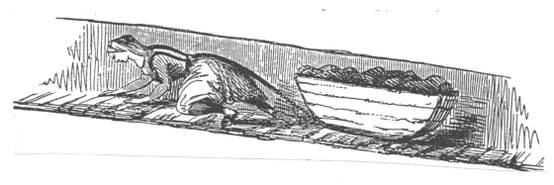
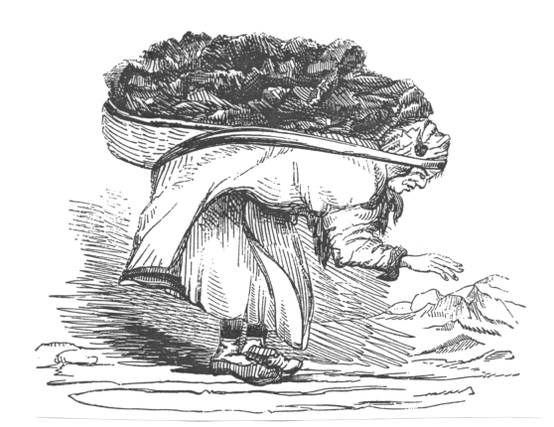
Colliers were therefore forced to stay at the same coal mine for life. This included the colliers’ families as well. Mining was often a generational occupation, and even children would work in mines, some as young as four years old, although usually children were eight or nine if they were to work down in the pits. If conditions were better in other mines, colliers could not choose to leave and improve their situations, and any miner that did so, was treated as a criminal and actively sought and retrieved. Some were punished severely for ‘absconding’ from their mines; they were treated as ‘vagabonds and sturdy beggars’, some were even sent to specific correctional facilities, created to deter miners from trying to leave their mines.
Shockingly, this Act was actually extended in 1641 to enslave other workers, such as trappers, watermen, windsmen, gatesmen and carriers, who also worked at the mines. This act also increased the working week to six days out of seven. This situation lasted until 1775, when the process of freeing the mining communities from these abhorrent conditions was begun with the Colliers and Salters (Scotland) Act of Parliament. This started the process of freeing miners from their bonds, in a top-down approach. This effectively meant that if the father of a family was freed then so were his family. However, realistically it took the Act of Parliament of 1799 to make a meaningful change. This Act stated that the colliers were ‘to be free from their servitude.’ Below is an extract taken from Ruddiman’s Weekly Mercury, from September 16, 1778:
‘Last week the colliers under the Earl of Abercorn wrote a letter to his lordship, thanking him for the active part he had taken in Parliament to relieve them and their brethren in Scotland from perpetual slavery, under the oppressive power of which they had long groaned…’
However, although the miners were no longer considered the property of the mine owners, it wasn’t until the mid-nineteenth century that things began to measurably advance for those working in the mining industry, with several acts that improved the working and safety conditions for the miners themselves. It may or may not be coincidence that this coincided with the decline of the salt panning industry post 1820.
By Terry MacEwen, Freelance Writer.
Published: 22nd September 2023.
Footnote
This issue appears to date back even further than our article above claims, at least to the time of Roman occupation of southern Scotland: Records relating to Marcus Cocceius Firmus, a centurian of II Augusta in the 2nd cenury AD, confirm that one of Cocceius’ slave women, serving a term of hard labour in the salt works, was seized by bandits from ‘across the border’. The bandits apparently sold sold her back to Cocceius, who promptly claimed the money back from the treasury. The border in question may have been on the northern British frontier, as salt works existed on the coast of Fife.
